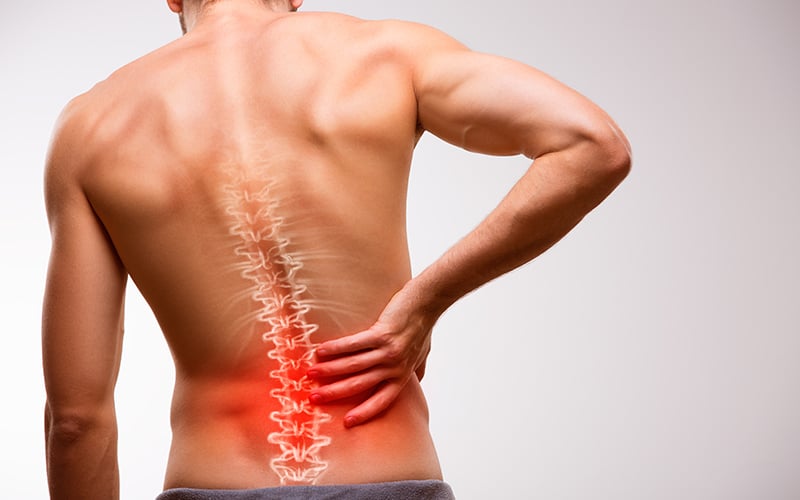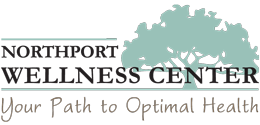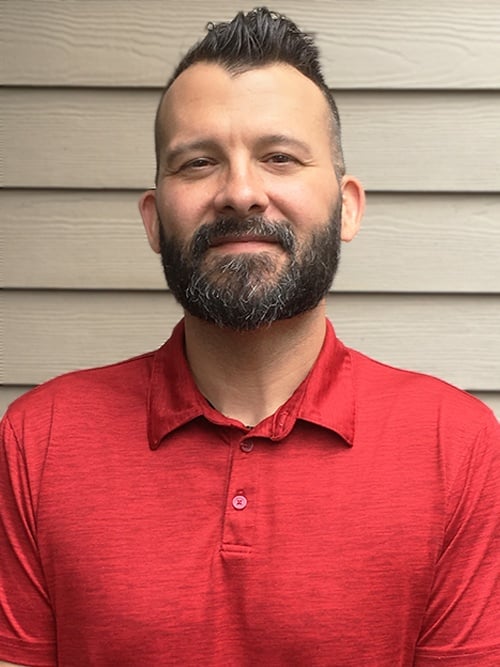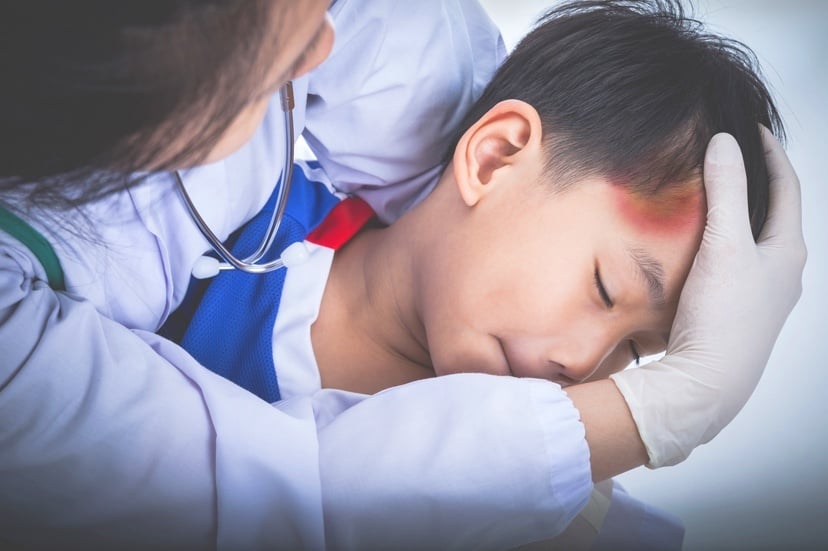
Back pain is one of the most widespread sources of discomfort among young and old alike, though its particular causes and symptoms may vary drastically from one person to the next.
This helpful guide examines common causes, effects, and treatments of back pain, along with how holistic medicine has taken aim at relieving its many manifestations to restore optimal health.
Pain Points
Upper back pain can originate from a number of sources, causing severe discomfort for those who experience it.
While a trauma—such as an injury sustained in a motor vehicle accident or during contact sports—can often trigger such issues, it is also possible for the pain to arise from habitually poor posture or sleeping positions, both of which can place undue strain on the back and neck. Many now opt for a standing desk in the workplace to avoid lengthy periods of time spent unnaturally hunched over a computer keyboard. Similarly, making a conscious effort to sleep on the back places the spine in the most neutral alignment, mimicking an upright position.
Other conditions, such as arthritis and scoliosis, can also be prime culprits when it comes to causing upper back issues. In the case of arthritis, cartilage begins to degenerate over time, eventually resulting in bone-on-bone friction in the facet joints, which can lead to painful bone spurs in older individuals. Scoliosis, by contrast, is often diagnosed at a relatively young age, before a child’s spine has completely formed. It most commonly manifests as a deviant curvature, resulting in the uneven alignment of both shoulders and hips.
Myofascial pain, classified as discomfort within the muscle and/or fascia (connective tissue surrounding the muscle), though a bit broader in scope, has also been known to lead to upper and middle back pain, hip and leg pain, and tendonitis.
The lower back can fall prey to previous injuries and traumas, often demonstrated by muscle spasms or herniated discs.
When the sacroiliac joint, located on either side of the spine, becomes inflamed, this can result in severe discomfort while performing even the most routine activities. Tenderness may ensue within the lower quadrants of the back, as the majority of natural motion originates from the spine and its ability to be fluid.
In certain instances, inflammation can also be due to small fractures or internal infections. Oftentimes, these infections begin in the kidney area. Situated just below the rib cage, against the back muscles on both sides of the spine, kidneys must function at an optimal level to avoid more serious issues down the line.
Possible Treatments
Pain can be managed via a number of effective, holistic methods, minimizing the need for prescription medications, injections, or other surgical procedures.
Trigger point therapy works to relieve chronic, muscular-based pain by targeting areas of spasm and loosening the knots present, facilitating improved blood flow. Spasms often cause tenderness, resulting in the shortening of muscle and subsequent limitations to range of motion. This can eventually radiate to other locations as well.

In certain instances, 3D spinal decompression may be recommended as a non-surgical means of distracting the spinal vertebrae. This method, in combination with epidural injections, physical therapy, and chiropractic care, has been proven to produce beneficial results. Treatments are typically an average of 15 minutes each, and are generally prescribed in increments of 10 visits at a time.
Chiropractic care, one of the more common treatment protocols for back pain, promotes the healing of musculoskeletal disorders through skilled manipulation of the spine and vertebrae. Often used in conjunction with other treatments, patient protocol varies person-to-person, depending upon the particular symptoms present, and may also be used to promote optimal function among healthy individuals, as well.
Back pain is a common trigger for exploring the benefits of physical therapy services. This hands-on approach is often used to address individual needs relating to both short- and long-term wellness goals, with the ultimate prerogative being to summarily enhance overall quality of life.
Relief & Recovery
The goal with any pain management is to elicit relief and recovery, preferably, in a manner which is both permanent and preventative in working to decrease the likelihood of a relapse.
Whether in the form of 3D spinal decompression therapy or chiropractic adjustments, acupuncture or yoga practice, back pain treatments are ultimately designed to reduce discomfort and enable the gradual regaining of normal daily function.
By alleviating spinal pressure, decompression is able to almost instantly reduce the numbness, tingling, and weakness which can result. This technique is often used for those suffering from cervical and lumbar herniated discs, as well as degenerative disc disease.
Chiropractic adjustments can provide relief for upper and lower back pain, as well as associated neck, shoulder, head and joint discomfort. By gently increasing range of motion and flexibility, normal daily function becomes more easily attainable.
Acupuncture has become widely accepted as a holistic treatment tasked with easing discomfort and restoring balance to the body’s energy flow. It has been known to treat a wide array of ailments, including arthritis, neck pain, herniated discs, fibromyalgia, sciatica, scoliosis, and other spine and joint issues.
Yoga, in addition to increasing muscle strength, improving flexibility, and encouraging optimal posture, is also known to alleviate back pain through the practice of stretching and extension, relieving chronic spine and joint discomfort.
The most important element is proper diagnosis, followed by the formulation of an appropriate treatment plan to address the unique requirements of each respective patient. Remedies may vary from one person to the next, as can time frames for recovery and expectations of a positive outcome.
In certain instances, a combination of treatments may be recommended to give a patient the best opportunity to live a full life, free from back pain. These results may not be seen overnight, but with the consistent care of professionals, a realistic path to optimal health can be achieved.
For further information on back pain causes, treatments and recovery plans, contact Northport Wellness Center today.





